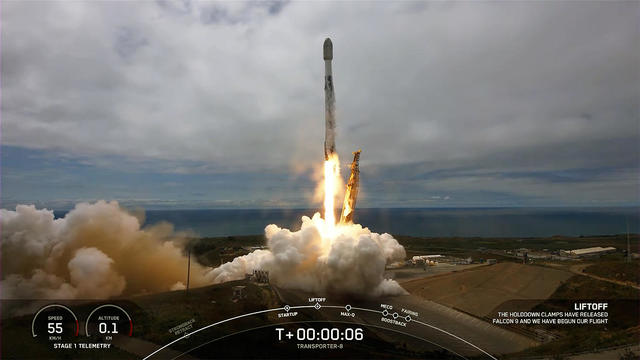
SpaceX launches 124 payloads in Monday doubleheader
The second launch of the day also included SpaceX's 200th successful booster landing.


The second launch of the day also included SpaceX's 200th successful booster landing.
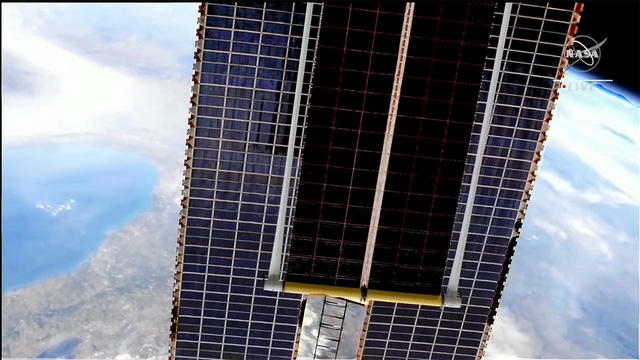
The new roll-out blankets offset age-related degradation to the station's original arrays.
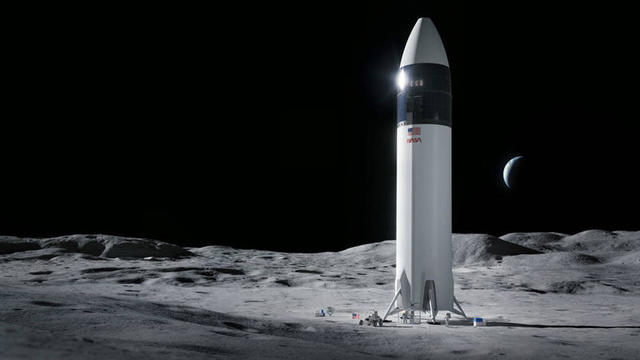
NASA managers say SpaceX Super Heavy/Starship rocket and lunar lander testing may push Artemis crew landing to 2026.
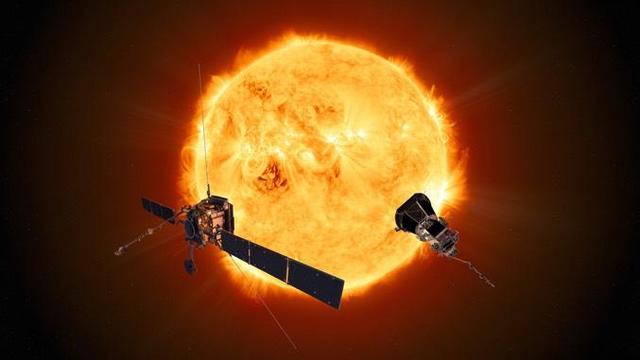
The Parker Solar Probe answered decades of questions about so-called "solar storms," which create "beautiful auroras on Earth" but also "wreak havoc with satellites and the electrical grid."
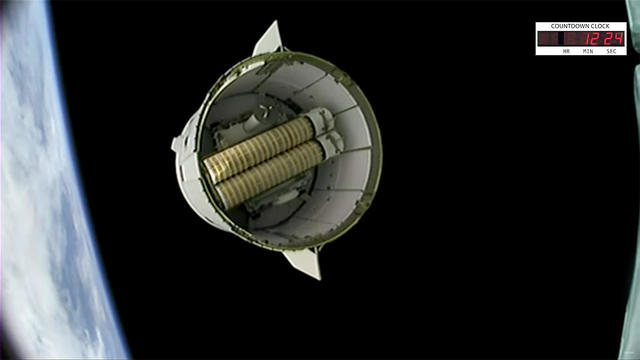
The Dragon carries needed crew supplies and equipment, along with two roll-out solar array blankets.
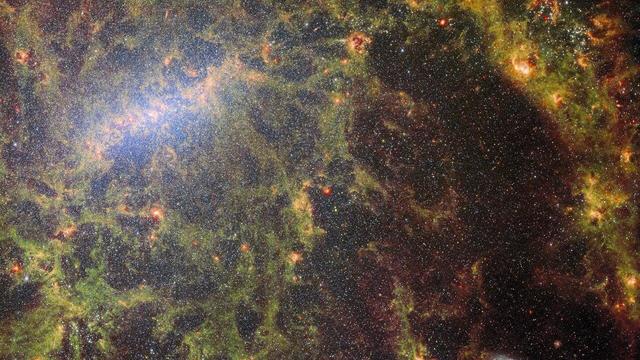
One of the new images, part of an "astronomical treasure trove" reveal asteroid tails shooting across the far-off galaxy.
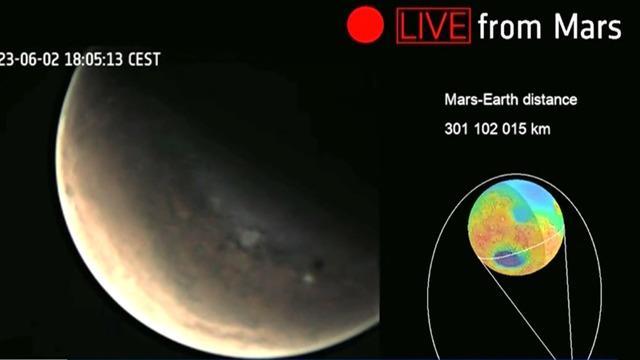
In a first of its kind event, the European Space Agency on Friday livestreamed images of Mars in what it called an opportunity "to get as close as it's currently possible" to the Red Planet.

Around the world, people can catch a sweet treat in the night sky this weekend.
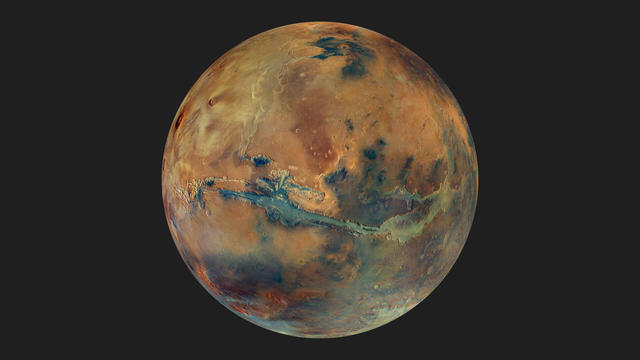
Up until Friday, all images seen of the planet were technically of its past.

A new launch target was not announced, but Boeing officials said a flight this year is still feasible. In theory.
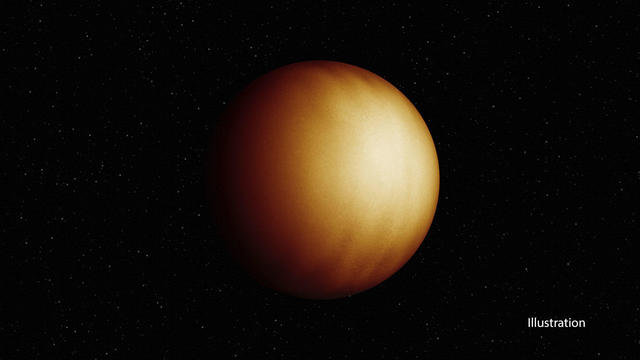
Scientists first made a brightness map of the exoplanet, then a temperature map of the atmosphere.
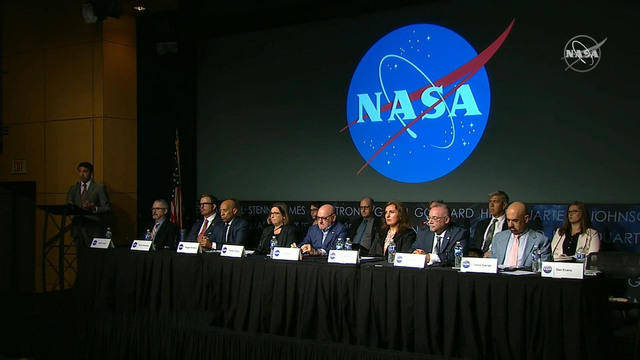
NASA says it's received more than 800 reports of unidentified flying objects from around the world over the past 27 years, but only about 2-5% of them are actually mysteries. For the very first time, the space agency's team investigating UFOs held a public meeting, revealing the research it's doing to understand the unexplained objects. Nate Burleson reports.
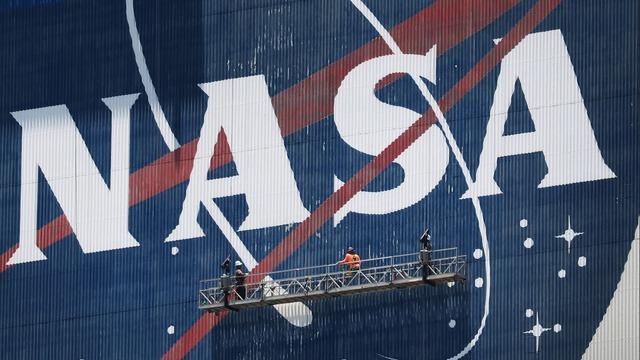
NASA on Wednesday held its first public meeting looking into UFOs -- known now as UAPs, or unidentified anomalous phenomena. A panel of experts came together to try and explain the mysterious sightings. CBS News space consultant Bill Harwood explains what investigators have discovered so far.
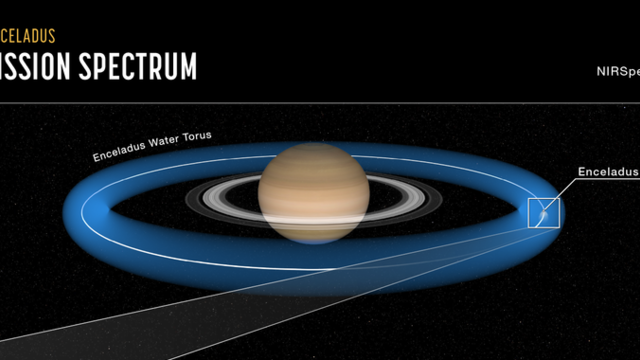
Scientists say the plume may feed Saturn's water system at large, and studying it could provide key insights into potential life beyond Earth.

The 16-member independent study group is set to release a report detailing the findings of its investigation later this summer.


Our website uses cookies to improve your experience. Learn more